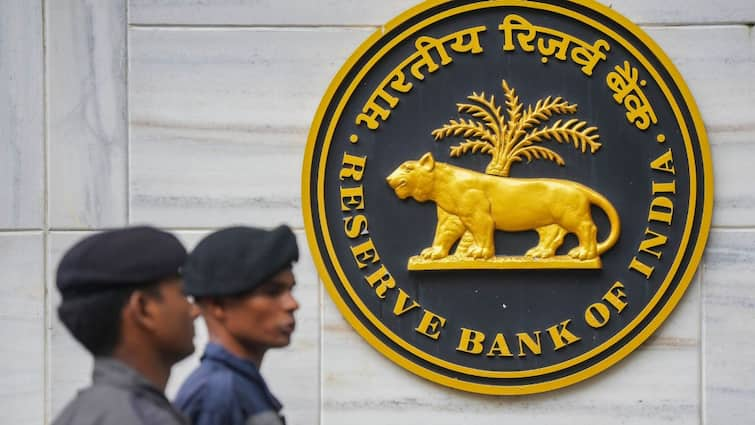The Reserve Bank of India’s (RBI) Monetary Policy Committee (MPC) begins its three-day meeting today, setting the stage for a closely watched decision on interest rates.
The repo rate currently stands at 5.5 per cent, and while most analysts expect the central bank to keep rates unchanged, the possibility of a small cut has not been ruled out.
The committee discussion, scheduled between September 29 and October 1, comes against the backdrop of strong growth signals, record-low inflation projections, and ongoing global trade uncertainties.
Why a Hold on Rates Seems Likely
The RBI has reduced the repo rate by 100 basis points since early 2025, but kept it steady at its August review. Many economists argue that the central bank will maintain this status quo in the current meeting.
This view is supported by multiple factors such as the robust 7.8 per cent real GDP growth recorded in the first quarter of FY26, sustained demand spurred by Goods and Services Tax (GST) rationalisation, and expectations that inflation could climb modestly in the coming quarters.
According to credit rating agency ICRA, GST rationalisation has sharply moderated the inflation outlook, with the FY2026 average now pegged at around 2.6 per cent, reported IANS. Aditi Nayar, Chief Economist at ICRA, observed, “This suggests a status quo for the repo rate in the October 2025 policy review, in what appears to be a close call.” Nayar also cautioned that while inflation is easing, demand-side strength is expected to persist.
The Case for a Rate Cut
Despite this, some reports argue in favour of a pre-emptive rate cut. State Bank of India (SBI) analysts suggest that with inflation on course to hit its lowest levels since 2004, the RBI could consider easing further. “We believe that the bottom of CPI inflation may not yet be reached, and it may further decline by 65-75 bps due to the huge GST rationalisation,” said Dr Soumya Kanti Ghosh, Group Chief Economic Advisor at SBI.
He added that consumer inflation in October could touch 1.1 per cent, the lowest in two decades. Such a scenario, according to SBI, would give the central bank the flexibility to project itself as forward-looking, especially as India and the US continue to work through trade discussions.
Views from the Financial Sector
Experts in the financial sector remain divided on the likely outcome. Vinayak Magotra, Product Head and part of the Founding Team at Centricity WealthTech, remarked: “We expect RBI to maintain a pause on the rate cuts in the upcoming Monetary Policy meeting. The recent GST rationalisation is expected to provide a short-term boost to consumption, especially ahead of the festive season.”
Magotra also highlighted the supportive liquidity environment, noting that the banking system continues to absorb the impact of earlier Cash Reserve Ratio (CRR) reductions. With trade data showing a narrowing deficit and strong export performance, he suggested that risks remain manageable.
On the other hand, Deepak Aggarwal, Co-founder, Co-CEO and CFO of Moneyboxx Finance, underlined the case for a rate cut, “With inflation at multi-year lows and the recent GST rationalisation providing a breather to consumers and businesses, the RBI has room to deliver a 25-basis point rate cut in the upcoming MPC meeting. Such a step would lower borrowing costs, spur demand, and ease credit flow, especially critical for MSMEs and small entrepreneurs in rural and semi-urban India.”
Balancing Growth and Stability
The RBI faces a delicate balancing act. Growth forecasts for FY26 have been maintained at 6.5 per cent, with inflation expectations revised downward from 3.7 per cent to 3.1 per cent.
These numbers highlight the strong macroeconomic backdrop, even as policymakers weigh external risks such as US tariff measures.
Ultimately, whether the RBI decides to hold or cut, the outcome will shape credit conditions, investment flows, and festive season demand. With inflation tracking at historic lows and growth holding firm, the MPC’s decision will be seen as a signal of how the central bank intends to balance stability with forward-looking monetary support.



